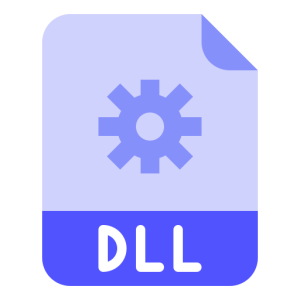Description
KRNL.DLL is a dynamic link library (DLL) file that is an essential component of the Windows operating system. It is responsible for providing kernel-level functionality and services that are vital for the proper functioning of the operating system. The DLL contains a collection of functions, routines, and resources that enable the execution and management of various system operations and processes.
This library plays a critical role in ensuring the stability, security, and performance of the Windows operating system. It provides essential kernel support for handling system calls, managing processes and threads, memory management, device drivers, and other core system operations.
KRNL.DLL is an integral part of the Windows operating system and is loaded into memory during system startup. It is dynamically linked with other system DLLs and modules to form a unified and cohesive operating environment. The DLL is regularly updated by Microsoft to address security vulnerabilities, enhance system functionality, and improve overall system performance.
Purpose and Functionality
KRNL.DLL serves as a vital bridge between user-mode applications and the core components of the Windows operating system. Its primary functions include:
- System Calls and Management: The DLL provides functions that allow user-mode applications to communicate with the kernel and make requests for system services, such as file I/O, process creation, and interprocess communication.
- Process and Thread Management: KRNL.DLL is responsible for managing processes and threads, including creation, termination, scheduling, and synchronization. It ensures efficient utilization of system resources and facilitates concurrent execution of tasks.
- Memory Management: The DLL implements algorithms and mechanisms for memory allocation, deallocation, and virtual memory mapping. It ensures optimal utilization of physical and virtual memory resources, enabling efficient multitasking and memory protection.
- Device Drivers and Hardware Interaction: KRNL.DLL provides a layer of abstraction for interacting with hardware devices. It manages device drivers, facilitates device enumeration, and provides functions for handling input/output operations and interrupt handling.
- Security and Access Control: The DLL enforces security policies, access control mechanisms, and user authentication. It ensures the integrity and confidentiality of system resources, preventing unauthorized access or malicious actions.
- Error Handling and Exception Management: KRNL.DLL handles system errors, exceptions, and critical events. It provides mechanisms for error reporting, error handling, and system recovery, ensuring the stability and reliability of the operating system.
Common Use Cases
KRNL.DLL is a core component of the Windows operating system and is utilized in various scenarios, including:
- System Boot and Initialization: During system startup, KRNL.DLL is loaded into memory and initializes critical system components, drivers, and services needed for the operating system to function correctly.
- Application Execution: When a user launches an application, KRNL.DLL provides the necessary services and functionality required for the application to run, including memory management, process and thread management, and system resource access.
- System Maintenance and Updates: KRNL.DLL is regularly updated by Microsoft to fix bugs, address security vulnerabilities, and improve system performance. It plays a crucial role in maintaining a stable and secure operating environment.
- Device Driver Development: Developers of device drivers for hardware components need to interact with KRNL.DLL to access system resources, handle interrupts, and perform input/output operations.

